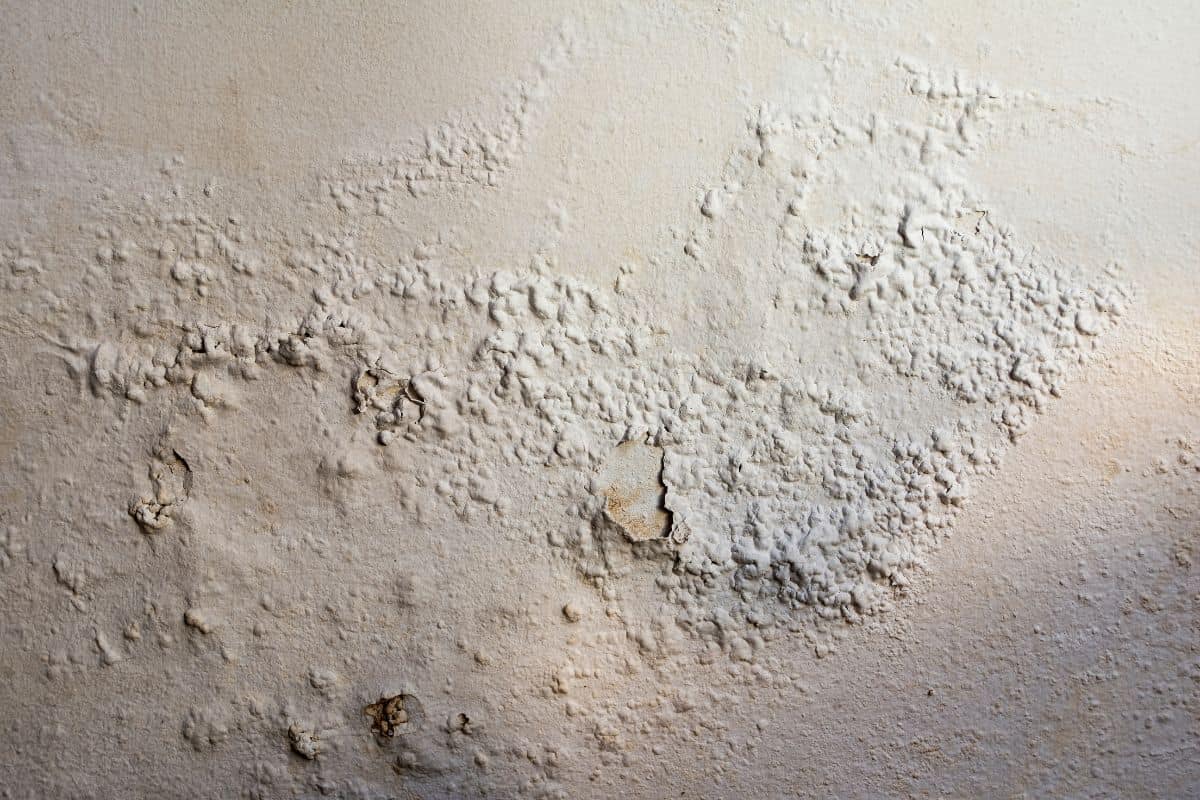The Common Causes of Dampness and Efflorescence in Rendered Walls
Dampness and efflorescence in rendered walls can be an ongoing problem faced by homeowners. It is important to identify the cause of dampness and efflorescence, as this can help inform decisions about repair, maintenance and general upkeep of your home.
This article will explore the common causes of dampness and efflorescence in rendered walls, offering tips for preventing it from occurring or recurring.

Excessive Moisture
Excess moisture is one of the most common causes of dampness and efflorescence in rendered walls.Moisture can enter a wall from outside sources such as rainwater, condensation or leaks from plumbing fixtures inside the home.
Inadequate ventilation can also lead to moisture build-up in walls. This is especially true when there is no way for excess humidity to escape, such as lack of a functioning extraction fan in the bathroom or kitchen.
To prevent excessive moisture from causing dampness and efflorescence, it is important to check that all outside sources of water are sealed off correctly and that the building’s ventilation system is working effectively. Regularly inspecting plumbing fixtures can also help identify any potential problems before they become an issue.
Poor Rendering Techniques
Another common cause of dampness and efflorescence in rendered walls is poor rendering techniques used during the construction process. This includes everything from incorrect cement mixes, failing to pre-soak the wall before applying the render, not ensuring enough space is left between the wall and render to allow for proper water drainage and using incorrect levels of aggregate in the mix.
Ensuring that rendering techniques are performed correctly during construction can go a long way towards reducing dampness and efflorescence occurring later on down the line. It is also important to keep an eye out for any signs of damage or wear as this could be indicative of a problem.
Poorly Installed Roofs
Poorly installed roofs can also lead to dampness and efflorescence in rendered walls. This includes issues such as inadequate insulation; improper sealant applications; loose or missing tiles; or even structural problems such as sagging or separation between roof and wall materials.
To prevent issues resulting from poorly installed roofs, it is important to have your roof inspected regularly by a qualified professional. They will be able to identify any potential problems that could lead to dampness and efflorescence in your walls. It is also important to make sure that the area around the roofline is properly sealed off so moisture cannot enter through cracks or gaps.
Groundwater Contamination
Groundwater contamination can also cause dampness and efflorescence in rendered walls. This usually occurs when contaminated water seeps into the ground and makes its way up into the building’s foundations due to capillary action. This type of contamination can also occur when groundwater levels rise in the vicinity of a building, causing dampness and efflorescence to appear.
To prevent this issue from occurring, it is important to make sure that your home is situated on a stable ground level and that any cracks or gaps in the foundation walls have been properly sealed off. It is also important to make sure that any nearby water sources are monitored for contamination.
Conclusion
Dampness and efflorescence in rendered walls can be caused by many different factors, including excessive moisture, poor rendering techniques, poorly installed roofs and groundwater contamination.
The key to preventing these issues from occurring is to take proactive steps such as ensuring proper ventilation; inspecting plumbing fixtures regularly; using correct rendering techniques; and ensuring your roof is properly installed and monitored.
Taking these steps will help to ensure that any problems are identified early on, reducing the risk of dampness and efflorescence occurring in your rendered walls.
